Keeping the cool in with thermal imaging cameras
Chillers commonly use refrigerant gas to provide cooling and therefore temperature control for large commercial properties. Maintenance specialist Integral UK regularly maintains those assets on behalf of some of the largest clients in Great Britain, many of them household names.
New developments in thermal imaging have enabled Integral to identify refrigerant gas leaks caused by wear or damage, which went undetected by other maintenance methods. The leaks were found quickly and efficiently by the GF304 thermal imaging camera from FLIR Systems.
Integral provides both planned preventive and reactive maintenance to more than 1600 clients in 40,000 locations. The company was a natural partner with FLIR in the development and field trials of the GF304, which Integral and FLIR believe is a groundbreaking product. During its field trial, the GF304 has repeatedly demonstrated its effectiveness by identifying refrigerant gas leaks that otherwise went undetected. If left unresolved, the leaks would not only cause long-term damage, but would also shorten the asset’s life.
“We have been using the FLIR thermal imaging camera on major contracts for some time. Some large banking clients have estates that comprise 400 buildings or more,” said Martin Popowicz, Integral’s leading figure in thermal imaging.
“The cameras helped us save energy. By detecting leaks in buildings that otherwise went undetected, we were able to locate lack of insulation and hotspots. We also used the cameras on the mechanical side, including the maintenance of pumps, motors, compressors, chillers, etc.
“It has always been difficult to detect refrigerant gas leaks from our chillers. The recent field trial with FLIR, however, has been most impressive, enabling us to locate and rectify with greater accuracy and efficiency than ever before, providing clients with early energy savings and far better reliability.”
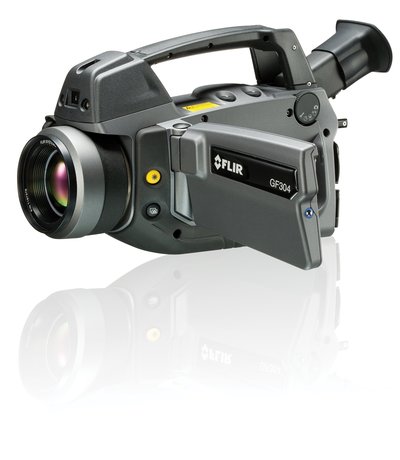
Integral cites an example where, after a maintenance visit, its subcontractor chiller company said it had a suspected refrigeration leak. Integral used the FLIR GF304 camera to try to locate the leak. The survey was carried out the next day and quickly confirmed there was no leak. This replaced traditional methods where the chiller had to be degassed and checked for leaks visually and then recharged - a procedure which could take a week or more. This operation kept the chiller fully operational and Integral was able to avoid the pitfalls of extended downtime. Thanks to these time gains, the client avoided incurring considerable expense.
Traditional methods for refrigerant gas leak detection promote the use of sniffers. Unfortunately, because of the way chillers are designed, accessibility is always a problem and, on average, it is only possible to test 60% of the installation. With the GF304, access is improved, allowing for accurate diagnostics within those areas which are difficult to access in normal operations.
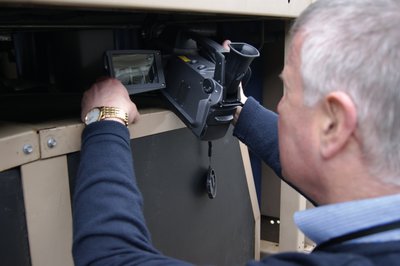
The visual output of the GF304 allows users to clearly see any exit point of the gas, automatically supplying evidence-based reports on gas escapes that remain undetectable from any other source.
FLIR’s reporting software is a valuable communication tool when Integral reports to its clients. The engineer’s report, which also carries a thermal image of the incident, provides the client with a visual representation of the problem, allowing them to be better informed about the extent and impact of the breakdown.
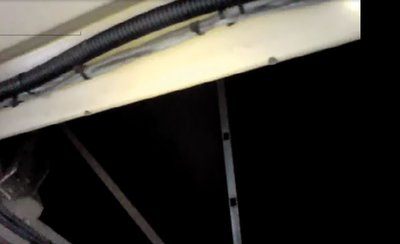
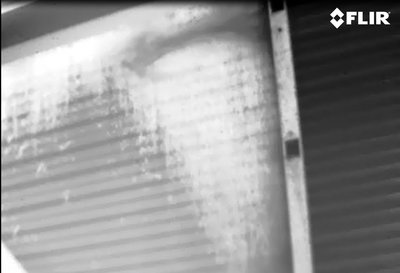
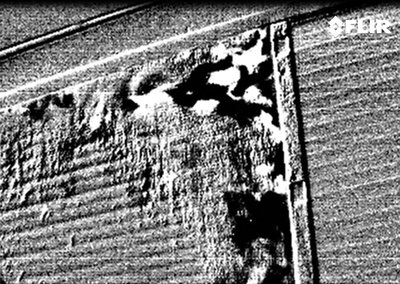
“Predictive tools like the FLIR GF304 are key to our operation,” said Popowicz. “If you can identify a gas escape before it develops and apply remedial actions, you can mitigate major failure in the future. This way, you can improve the reliability of the chiller and extend the life cycle of a critical building asset. You can never fully eradicate downtime, but the GF304 significantly helps to reduce it.”
The GF304 is versatile and can be used both for finding refrigerant gas leaks and providing the more usual maintenance inspections of high voltage, low voltage, mechanical and general building inspections.
“We most definitely recommend the FLIR GF304 for dual use. For a maintenance company, it is more efficient and provides continued financial benefit. Employees can carry out a broader range of accurate inspections during their scheduled maintenance visit,” Popowicz said.
“Thanks to the FLIR GF304, an engineer can actually do several tasks with one single camera. Checking the chillers, pumps, motors … pretty much everything. In effect, it’s a versatile, cost-effective solution for all our thermal maintenance requirements.”
Large-scale mixing plant for flavour production
GEA is building a new large-scale mixing plant to increase capacity of flavour ingredients...
Pure Dairy opens manufacturing plant in Dandenong South
Pure Dairy has opened its new 13,000 m2 dairy manufacturing facility in...
Manufacturing most impacted by ransomware in Q1 2025
Industrial ransomware incidents are on the rise — with food and beverage manufacturing...








